Ford Focus Estate (2011-2018) engines, drive and performance
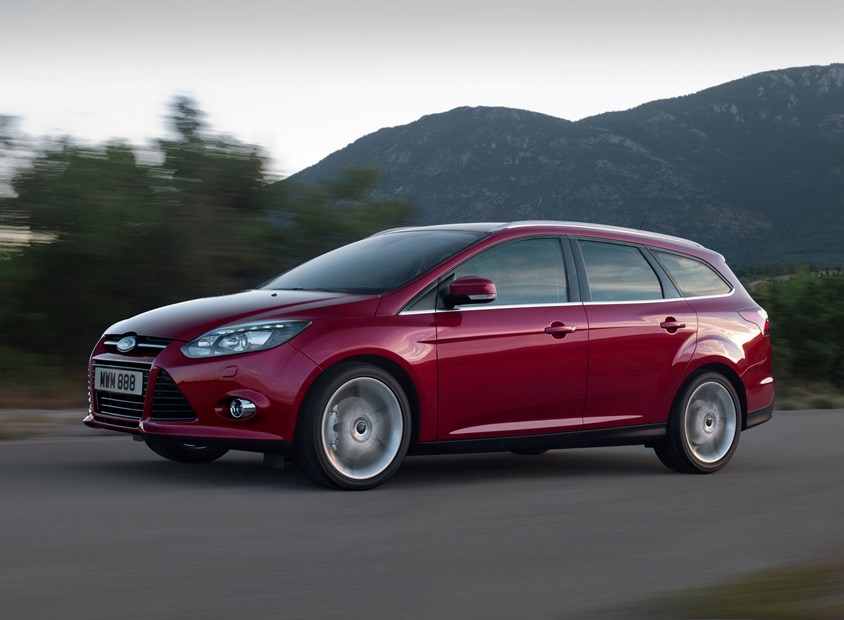
- Petrol and diesel options only for the Estate
- Turbocharging for the majority of engines
- ST models deliver the sportiest performance
While high performance won’t be on the minds of every Ford Focus Estate buyer, the sporty ST models deliver a degree of speed that will embarrass many a hot hatchback.
Economical diesel range
Diesels remain popular in estates of this size, with Ford offering a number to suit various needs.
The range kicks off with the 1.5-litre TDCi in 95hp guise. It doesn’t look particularly gutsy on paper but its 250Nm of torque outstrips all of the mainstream petrol engine figures, requiring infrequent changes to the standard six-speed manual gearbox. Top speed is 112mph but it’ll reach 62mph from a standing start in 12.2 seconds.
Up next is an Econetic 105hp version of the same unit: it reaches 116mph and covers the 0-62mph benchmark in 12.1 seconds, but its main appeal is that this is the most efficient model in the Estate range: claimed economy is an impressive 83.1mpg, with CO2 emissions of just 88g/km.
Topping the 1.5-litre diesels is the 120hp edition, producing 270Nm of torque. Here there’s a choice of the standard manual transmission or the optional twin-clutch six-speed PowerShift automatic. Performance is quoted at 120mph and 10.7 seconds for the 0-62mph for the manual, 119mph and 11 seconds when the automatic is specified.
The same two gearboxes feature with the 2.0-litre TDCi with 150hp, the engine’s increased size pushing torque up to 370Nm. It performs well, Ford citing a top speed of 130mph for the manual form and 129mph for the PowerShift. Honours are reversed for the 0-62mph sprints with the manual requiring a tenth of a second longer than the automatic’s 8.9-second time.
Broad selection of petrol powerplants
Ford’s EcoBoost turbocharged engines come in 1.0- and 1.5-litre capacities in the mainstream range.
First up is the three-cylinder 1.0T EcoBoost in 100hp guise, fitted with a five-speed manual gearbox. It’s the slowest accelerating in the range with a 0-62mph time of 12.7 seconds, courtest of just 170Nm of torque. Top speed is 115mph.
More suited to the estate is the 125hp version of the 1.0T EcoBoost: not only is torque increased to 200Nm, the standard gearbox is a six-speed manual. An automatic with the same number of ratios is optionally available.
Stick with the manual for a 120mph top speed and a 0-62mph claim of 11.2 seconds. The automatic adds a second to that and shaves 1mph from the top speed.
For the four-cylinder 1.5T EcoBoost motors, gearbox choices are manual and PowerShift dual-clutch automatics, both with six speeds.
Producing 150hp and 240Nm of torque, the manual will reach 130mph and has a top speed of 9.1 seconds; the PowerShift 129mph and 9.4 seconds.
Above those two are the 182hp versions of the 1.5T EcoBoost, again with manual and PowerShift gearboxes, although they still produce the same amount of torque. The results are top speeds of 138mph for the manual, 137mph for the PowerShift amd 8.8-second 0-62mph times for both.
Wrapping up the non-sporty range is the 105hp 1.6-litre Ti-VCT unit, without a turbo. A five-speed manual is standard fare here.
It’s the least torquey in the range – and the least appealing, too. Top speed is 116mph, with a 0-62mph time of 12.5 seconds.
Faster ST Estates deliver thrills
Enthusiastic drivers keeping a close eye on running costs need to pay attention to the STs fitted with the 185hp version of the 2.0-litre TDCi diesels. Both the standard six-speed manual and optional PowerShift automatic with the same number of gears have 400Nm of torque on tap.
Both will reach 135mph all-out, but at 7.8 seconds it’s the automatic that’s quicker from a standstill to 62mph, half a second better than the manual.
Purists will be more attracted to the 2.0T EcoBoost version and its feistier 250hp and 360Nm of torque output. Here a six-speed manual’s the sole transmission, but it’s a slick ‘box that engages you with the driving experience fully.
The motor sounds purposefully intoxicating as you scorch from 0-62mph in just 6.7 seconds, all the way to a top speed of 154mph.
- Less steering feel than earlier Focuses
- Handling remains a strong point overall
- ST goes beyond that delivering plenty of fun
As far as handling is concerned the Focus Estate is, like the hatch, competent. Ford, in a bid to appeal to an even broader market than before, has made this iteration just a little softer.
In tighter corners you get a little more body lean, a tad less grip and steering that just isn’t as quick or sharp as that on the old model. Still, it’s not bad relative to its rivals, and if you do enter bends with gusto, a slight lift of the accelerator will put you back on line.
Of course, this is an estate so handling ability is not the priority, but it still gives the newer Volkswagen Golf Estate a run for its money, as well as just about seeing off the Vauxhall Sports Tourer.
It is hard to be too critical of the Focus Estate – it does feel less of a driver’s car this time around, but the compromises made to deliver a more comfortable ride are worth it. The main gripe lies with the steering because there’s not as much feedback coming through the wheel any more.
The rest of the controls combine to give a positive driving experience: the brakes are excellent and the gearchange on the manual is smooth.
Lively ST Estate
That steering grievance is still present in the rubbery set-up in the ST Estate, but overall there’s little else to complain about with the performance-oriented version.
It might be lacking in communication, but the steering’s well-weighted and responsive, with excellent roadholding, but the stiffer suspension makes it feel that bit more lovely. On winding roads the ST shines, with impressive body control and reined-in bodyroll.
The on-board electronics help reduce the chances of you looking an idiot behind the wheel, with systems such as torque vectoring at your disposal. It gently brakes the inside wheels in corners, enabling you to keep a tighter line albeit at higher speeds.



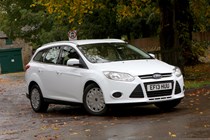

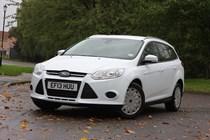
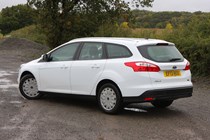
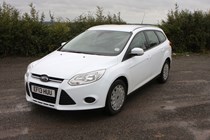
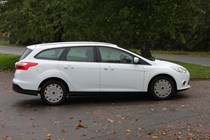
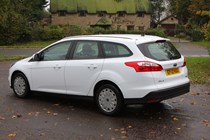

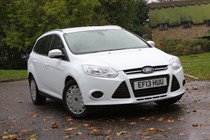
.jpg)
.jpg)
.jpg)



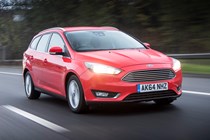
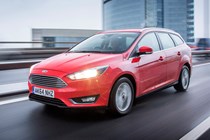
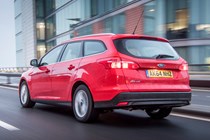
.jpg)
.jpg)
.jpg)
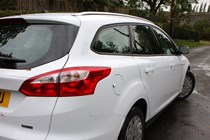

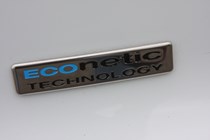
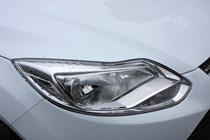
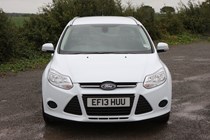
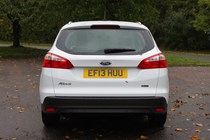
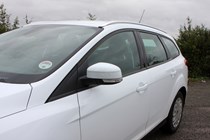
.jpg)
.jpg)

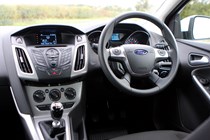
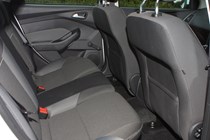
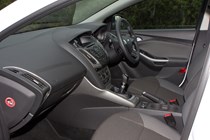
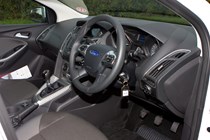

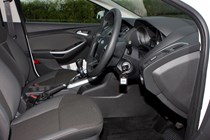
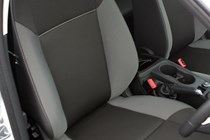



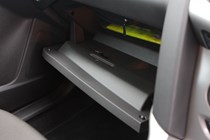
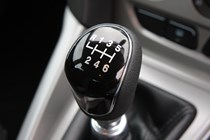
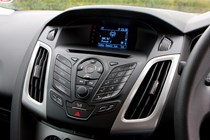
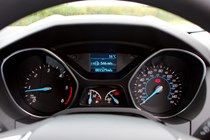

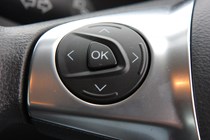
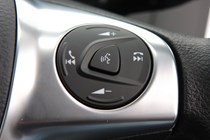
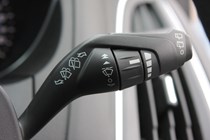
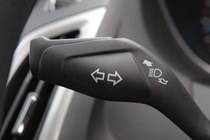

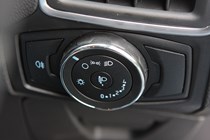
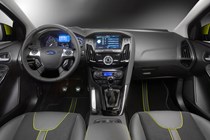
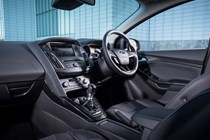
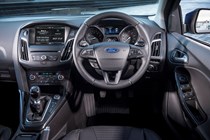
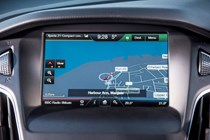
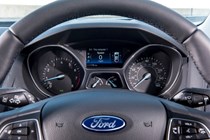

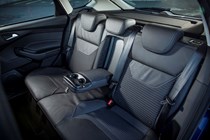
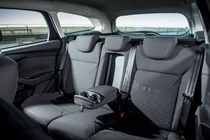

.jpg)
.jpg)
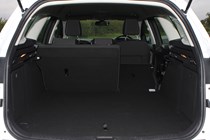
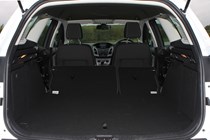

.jpg)
.jpg)
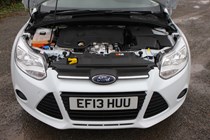
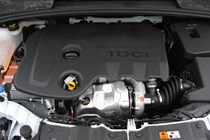
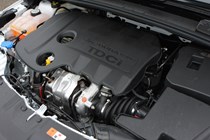
.jpg)
.jpg)










.jpg?quality=50)
.jpg?quality=50)
.jpg?quality=50)






.jpg?quality=50)
.jpg?quality=50)
.jpg?quality=50)







.jpg?quality=50)
.jpg?quality=50)































.jpg?quality=50)
.jpg?quality=50)



.jpg?quality=50)
.jpg?quality=50)



.jpg?quality=50)
.jpg?quality=50)